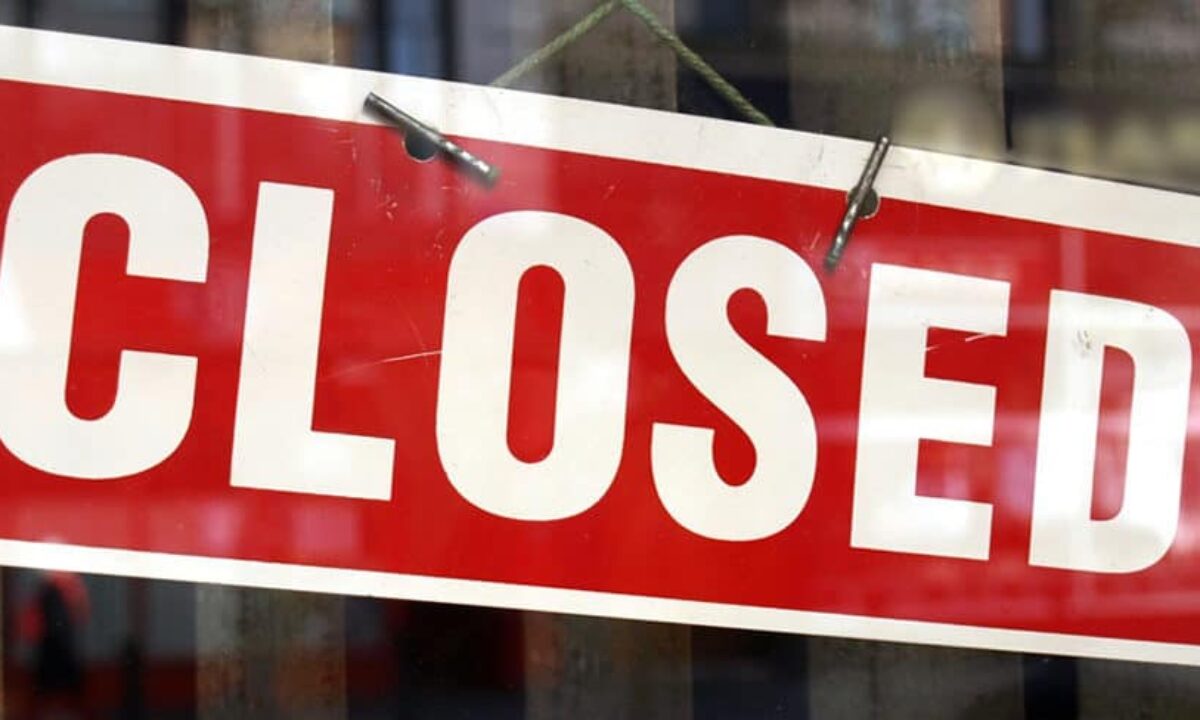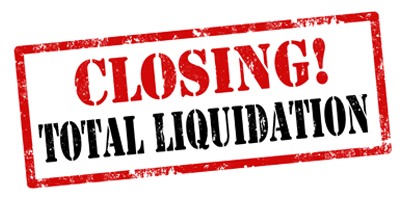See This Report on Company Liquidation
Table of ContentsThe Main Principles Of Company Liquidation The 9-Second Trick For Company LiquidationNot known Facts About Company LiquidationSome Known Questions About Company Liquidation.Company Liquidation Fundamentals Explained
A liquidator is specifically assigned to oversee the winding up of a company's affairs in order for it to be shut down usually when the business is declaring bankruptcy. The liquidator is an objective 3rd party who supervises the sale of business possessions in order to pay off any arrearages.Their role consists of, yet is not restricted to: Objective Overseer: A liquidator is tasked with acting as an impartial 3rd party to manage the entire company liquidation procedure. Produce Statement of Affairs: Liquidators must develop a thorough declaration of affairs record. This paper is distributed to creditors, describing the existing monetary status of business at the time of its liquidation.
After the liquidation of a firm, its existence is erased from Firms Home and it ceases to be a lawful entity. If directors browsed the process uncreative, there would certainly be no charges or individual obligation for firm financial debts expected. Currently, with a fresh start, supervisors can discover new organization chances, though expert assessment is advisable.
The Main Principles Of Company Liquidation
As an example, if even more than 90% of all firm shareholders concur, liquidation can happen on short notification within 7 days, the minimal statutory notice for lenders. Usually, the larger the liquidation and the even more assets and capital the company has, the longer the process will take. 'Do I need to pay to liquidate my business?', the solution will certainly rely on whether your organization has any assets leftover when liquidating.

We understand that no 2 companies coincide, which is why we will take the time to be familiar with your business so we can recommend the most effective training course of activity for you. We just operate in your benefits, so you can be completely confident in the service we provide.
The smart Trick of Company Liquidation That Nobody is Talking About
In the UK, there is a set procedure to closing down or reorganizing a restricted company, whether it is solvent or bankrupt. This process is known as liquidation and can just be dealt with by a licensed bankruptcy specialist (IP) according to the Insolvency Act 1986. There are 4 major kinds of firm liquidation process: Financial institutions' Voluntary Liquidation (CVL); Required liquidation; Administration; and Participants' Voluntary Liquidation (MVL).

In these circumstances, it is very important that the business ceases trading; if business proceeds to trade, the directors can be held personally accountable and it might result in the bankruptcy practitioner reporting wrongful trading, called misfeasance, which may bring about lawsuit. The directors assign an insolvency practitioner and when this has actually been agreed and validated, there is a meeting with the investors.
Obviously, if there are no shareholders, this action of the procedure is not necessary (Company Liquidation). The IP takes control of the company and starts the firm liquidation procedure. The directors are no more associated with what occurs, consisting of the sale of the firm's assets. Nevertheless, if the directors desire any one of the properties, they can alert the IP.
10 Easy Facts About Company Liquidation Explained
The primary distinction is that the business's financial institutions put on the court for an ending up order which compels the financially troubled business into a liquidation procedure. Most of the times, lenders take this action as a last resort due to the fact that they have not gotten payment via various other forms of negotiation. The court appoints a bankruptcy expert, likewise called a main receiver, to carry out the compulsory company liquidation procedure.
This kind of firm liquidation is not voluntary and supervisors' conduct is reported to the UK's Secretary of State once the liquidation procedure has been finished. Any kind of director that falls short to cooperate with the IP or has actually been involved in director transgression, or a deceptive act, might result in serious consequences.
It is used as a way to secure the firm from any legal action by its lenders. The supervisors of the firm concur to make regular payments to settle their financial obligations over a duration of time.
The Single Strategy To Use For Company Liquidation
This supplies the business with time to establish a plan moving forward to rescue the company and find out this here stay clear of liquidation. Nonetheless, at this moment, supervisors hand control of the business over to the designated administrator. If a business is solvent but the directors and investors desire to close the company, a Members Source Volunteer Liquidation is the right choice.
The business liquidation process is taken care of by a liquidator selected by the directors and shareholders of the company and they have to authorize a declaration that there are no creditors continuing to be. The liquidation process for an MVL resembles that of a CVL because possessions are realised yet the earnings are distributed to the supervisors and the shareholders of the firm after the liquidator's charges have been paid.